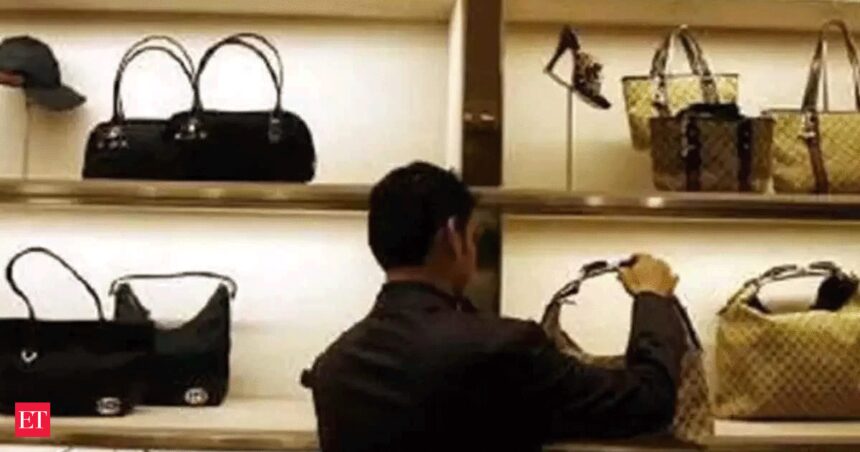New Delhi: The Goods and Services Tax (GST) Council is considering a rate rationalisation exercise that could see 58 goods and 24 services being moved to the 28% tax slab from the current 18% or 12%. The goal of this exercise is to redefine luxury goods and ensure that they are taxed appropriately.
The items that may be moved to the highest GST slab include cosmetic procedures for aesthetics, Botox treatments, luxury spa services, super-luxury salon services, handbags and sunglasses priced above ₹10,000, pens costing more than ₹5,000, bicycles above ₹50,000, and cufflinks above a certain price threshold. The Group of Ministers (GoM) responsible for this task, led by Bihar deputy chief minister Samrat Chaudhary, will submit their final report to the GST Council in November for a final decision.
The GoM is considering implementing the proposed changes in phases, gradually moving selected products to higher tax slabs. It is expected that 10% of items from the 18% slab and 5% from the 12% slab may be shifted to the 28% slab, either completely or above a certain price level to be determined by a fitment committee. Items of common use will not be affected by this shift, as the focus is on luxury items that currently enjoy lower tax rates.
The rationale behind this decision is to target products and services that fall within the luxury category but are currently taxed at lower rates. This move is expected to boost GST collections significantly, although the exact revenue implications are still being assessed.
According to a report by Goldman Sachs Research, the number of affluent consumers in India is projected to increase from around 60 million in 2023 to 100 million by 2027. This rising affluent consumer base is likely a key factor driving the consideration of reclassification and higher taxation for luxury goods and services under the GST regime.










